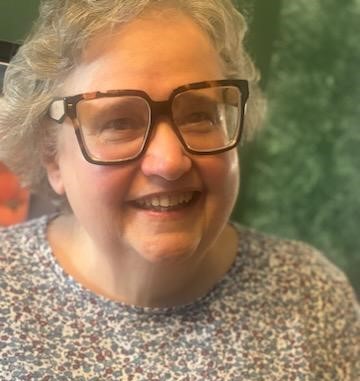Introducing Leo: A Young Man in 1927 Caught Between Duty and Desire
The story I’m currently writing (working title: Leo) is historical fiction set in 1927. I’ve always loved early twentieth-century immigrant stories. In this one, Leo, the main character, is a young Irish immigrant living in Omaha, Nebraska. He works at Father Flanagan’s Boys Town, which at the time was located about eleven miles outside the city.
Leo’s job is to assist Dan Desdunes, a real jazz musician from New Orleans who brought jazz to Omaha and volunteered as the band director at Boys Town. The Boys Town band, made up of young residents, traveled to different towns, from coast to coast, to perform and raise support for the organization. Leo is responsible for repairing, maintaining, and transporting the band’s instruments.
The novel explores Leo’s personal challenges, his sense of duty to his down-and-out alcoholic musician father, and his hopes for a better future and a life of his own.
I’ve had so much fun learning about the different topics that support the story. Among the most interesting have been learning about the life of Daniel Desdunes, whose father, Rodolphe Lucien Desdunes, was a highly educated Creole intellectual, civil rights activist, and writer born in New Orleans in 1849; about the exhibition game Babe Ruth and Lou Gehrig played in Omaha in 1927; about 1927 recording studios; and about the fusgeyers—groups of Romanian Jews, mostly young and healthy artisans, workers, and clerks—who immigrated to the U.S. and Canada in the early twentieth century, often on foot, in response to poverty, antisemitic violence, and legal discrimination in their home country. The term fusgeyer comes from the Yiddish word for pedestrian or wayfarer. These were people who literally walked out of Romania in search of a better life.
Another figure I’ve enjoyed learning about is Cornelia “Granny” Weatherford, who lived to be 108 and was the longest resident—and considered by many, including herself, to be the acting matriarch—of North Omaha’s Squatter’s Row. I’ve also explored early twentieth-century studio recording, the clever design of milk houses used to keep milk and cream cool before refrigeration, and the art and craft of brass instrument repair.
Leo’s work with brass instruments is a key part of the story. The excerpt below provides a glimpse of that content:
Leo picked up the old Conn Wonder, checked the slides for skew, then secured the instrument over the wooden mandrel. Time coupled with dried spit had led to another thoroughly stuck tuning slide. The easy ones he was able to get unstuck without special equipment. He’d learned through experience, and through a more complete understanding of the instrument, where to apply force and how to do it without causing damage. This time, though, he had to unsolder the slide and detach it from the crook so that he could get ahold of the inside tube to loosen it. He cleaned the horn, finished with an acid bath, and let it dry. Now he needed to reattach things. Easy as breathing; a few drops of flux, heat the brass with the flame from his blow pipe, introduce the solder and viola, as if by magic it’s carried around the joint. Initially it had been the soldering that frightened him most. Now, thanks to Mr. Desdunes, even the more challenging soldering pleased him. He liked the acrid smell of the flux vapor, and the burn in his neck and shoulders from hunching over a difficult job made him feel useful.
I’ll be adding more as I go. If you enjoy stories like Leo’s, I’d love to have you follow along. I’m also pretty sure the title Leo will change before publication, and I’d love to have you join me in that journey too—maybe you’ll even get to help out at some point by voting on your favorite.

